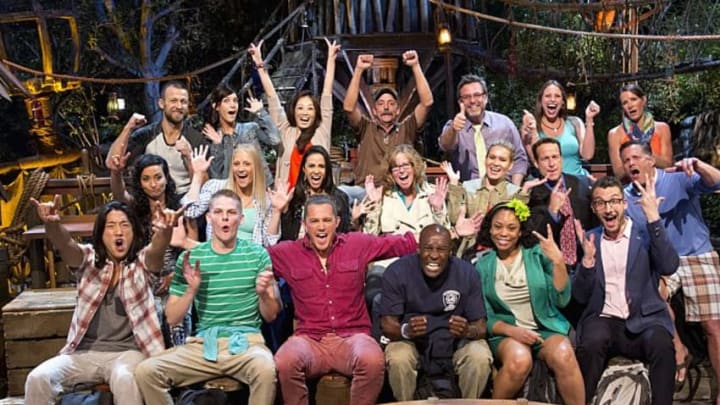A voting bloc is a term that we hear fairly often in recent seasons of Survivor. We explain what it’s referring to and how it differs from alliances.
The latest era of Survivor certainly has its critics, especially when twist heavy themes and tons of idol plays affect the flow of the game. That said, one of the biggest strengths of this era of Survivor is the constant evolution of strategic gameplay.
Voting blocs are a perfect example of this evolution. A voting bloc is when a group of people comes together to vote out a common threat. The key part of this definition is for “a” common threat.
How voting blocs differ from alliances
A key difference between voting blocs and alliances is the length of time this group lasts. Alliances are typically built to make a deep run in a season. For example, we regularly see Final Three deals made throughout the season. Whether they work out or not is beside the point.
On the other hand, voting blocs lack that long-term commitment. When there’s a player that many view as a dangerous threat, a group of castaways sometimes gather together to blindside that person. That group of players usually weren’t working together before that vote, but they saw the need to link up for that specific vote.
While alliances are built on trust and loyalty, voting blocs are constructed on logic and strategy. The logic being that a certain player needs to get taken out now before it’s too late. After the vote, this exact group of players typically doesn’t stick together for long.
A perfect example is the Wentworth and Wardog blindsides in Edge of Extinction. First Wardog persuaded Victoria, Devens, Aurora, and Ron to join him in voting out Wentworth. This group of players were definitely not one cohesive unit beforehand.
After Wentworth’s torch was snuffed, three castaways out of that group turned around and joined Lauren to vote out Wardog. This example of voting blocs shows the fluidity between each Tribal Council. The groups of voters constantly changed, making it exciting and unpredictable to watch.
The origin of voting blocs
Although the term voting bloc has been used in several older seasons including Borneo, that term didn’t convey the same meaning as it does today. Rob Cesternino in Amazon, Jonny Fairplay in Pearl Islands and Tony Vlachos in Cagayan are good examples of players who regularly worked with a different group of people to blindside big threats.
However, those are just individual players. While Cesternino was flipping and flopping, the other castaways in his season were sticking to their alliances. It was only until Second Chance where several players took advantage of using voting blocs to take out big threats.
Stephen Fishbach will be forever linked to voting blocs, after regularly bringing up this term at Tribal Council in Cambodia and explaining how it impacted the game. It was amazing to watch allegiances continually shift as each Tribal brought a new group of players together to vote out a different threat.
Since Cambodia, a few other seasons have seen voting blocs develop. That list includes Millennials vs. Gen X, Game Changers, David vs. Goliath and now Edge of Extinction. In fact, Edge of Extinction might be the most extreme example of voting blocs so far. It will be interesting to watch this phenomenon continue to evolve in seasons to come.
